In recent times I been painting using a roller. So here is a rundown on the reasons why and how to use a roller for painting.
The main reason for using a roller
A roller will cover your work piece be it a door, panel, frame etc with paint very evenly. In my experience there is no better way to achieve this, hands downs your trusty roller is your friend. Having said that, you do need to load your roller with paint well and work the roller nice and evenly over the surface you are painting. Another advantage of using a roller, applying that even coat of paint is fast, it's relatively hassle free with a low level of effort.
This is not the whole story though.
For me, the finish a roller will give once the paint has cured is not very pleasing to look at (this is me being diplomatic because honestly, a roller finish is awful). The finish should be even but it could have a slightly mottled effect or something similar (depending on the type of roller used), which does tend to be quite noticeable, especially if you compare it to a job finished with a brush. Brush strokes that are in line with the grain of the work piece or following the longitudinal lines of the components of the job tend to enhance the paintwork adding to the character of a hand finished project.
So. How do you achieve this??
Simple, once the paint has been applied with the roller use a good quality brush, to brush out the unsightly mottled looking paint, by either brushing with the grain or brushing parallel with the main lines and edges of the components of the work piece. If using water based paint, you may want stop the tip of the brush from drying out too much (especially in the warmer months), because with this method the brush is not in constant use, so just putting it under a damp rag in between the roller/brush cycles is useful. You will also need the brush to get into corners and nooks and crannies that a roller will not reach. I find that the smaller 4'' roller caters for most jobs and strictly speaking the manufacturer's will tell you, you need to use different rollers for different paints/finishes and situations. But if you are painting a smooth surface a sponge roller will generally be fine, or a short pile roller will be ok too. It's kind of academic as we're using a brush which dictates how the paintwork looks once cured.
So all you need to do is incorporate this method into my previous post about painting. Hopefully this is helpful.
The main reason for using a roller
A roller will cover your work piece be it a door, panel, frame etc with paint very evenly. In my experience there is no better way to achieve this, hands downs your trusty roller is your friend. Having said that, you do need to load your roller with paint well and work the roller nice and evenly over the surface you are painting. Another advantage of using a roller, applying that even coat of paint is fast, it's relatively hassle free with a low level of effort.
This is not the whole story though.
For me, the finish a roller will give once the paint has cured is not very pleasing to look at (this is me being diplomatic because honestly, a roller finish is awful). The finish should be even but it could have a slightly mottled effect or something similar (depending on the type of roller used), which does tend to be quite noticeable, especially if you compare it to a job finished with a brush. Brush strokes that are in line with the grain of the work piece or following the longitudinal lines of the components of the job tend to enhance the paintwork adding to the character of a hand finished project.
So. How do you achieve this??
Simple, once the paint has been applied with the roller use a good quality brush, to brush out the unsightly mottled looking paint, by either brushing with the grain or brushing parallel with the main lines and edges of the components of the work piece. If using water based paint, you may want stop the tip of the brush from drying out too much (especially in the warmer months), because with this method the brush is not in constant use, so just putting it under a damp rag in between the roller/brush cycles is useful. You will also need the brush to get into corners and nooks and crannies that a roller will not reach. I find that the smaller 4'' roller caters for most jobs and strictly speaking the manufacturer's will tell you, you need to use different rollers for different paints/finishes and situations. But if you are painting a smooth surface a sponge roller will generally be fine, or a short pile roller will be ok too. It's kind of academic as we're using a brush which dictates how the paintwork looks once cured.
So all you need to do is incorporate this method into my previous post about painting. Hopefully this is helpful.

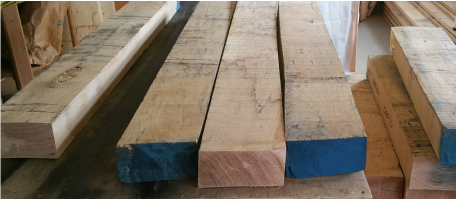


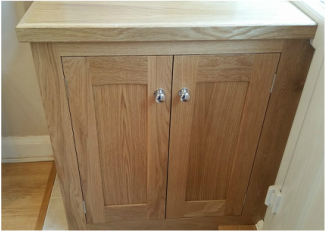
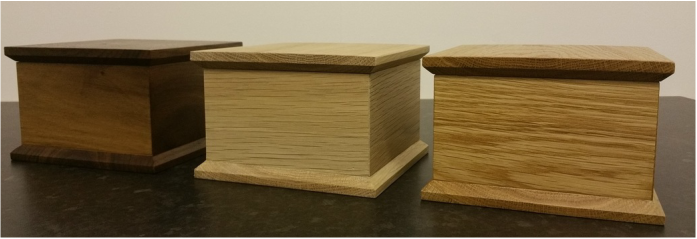
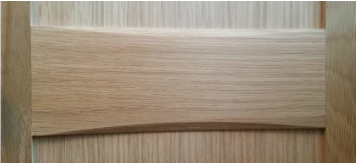

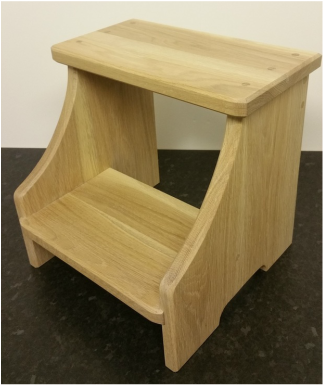


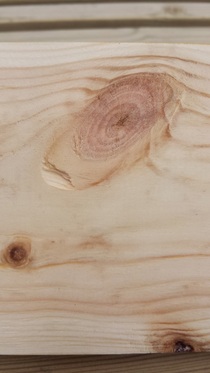
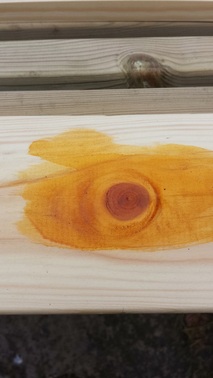
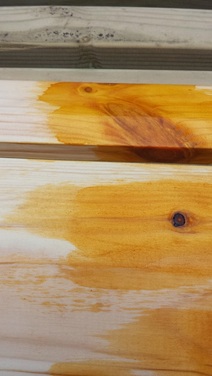
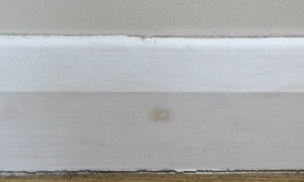
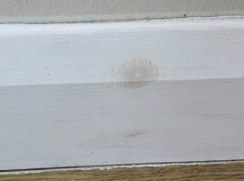
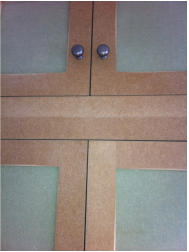
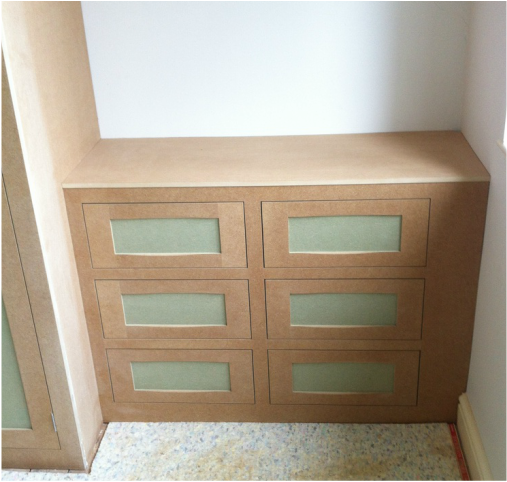
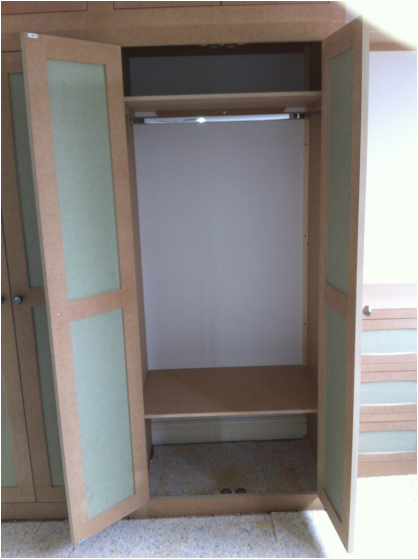

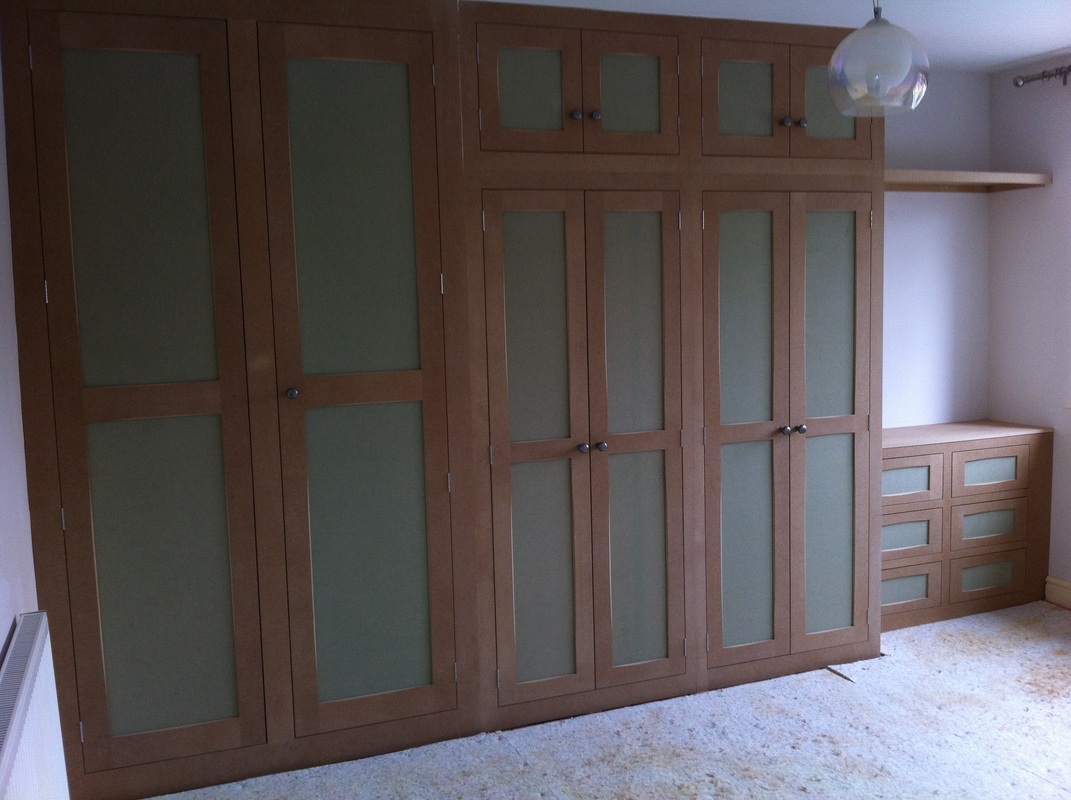
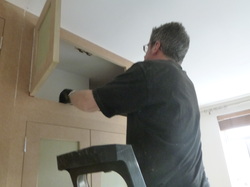
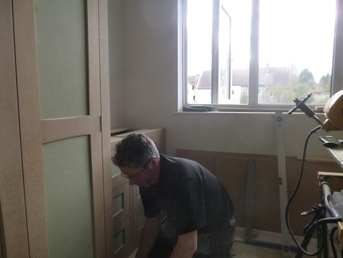


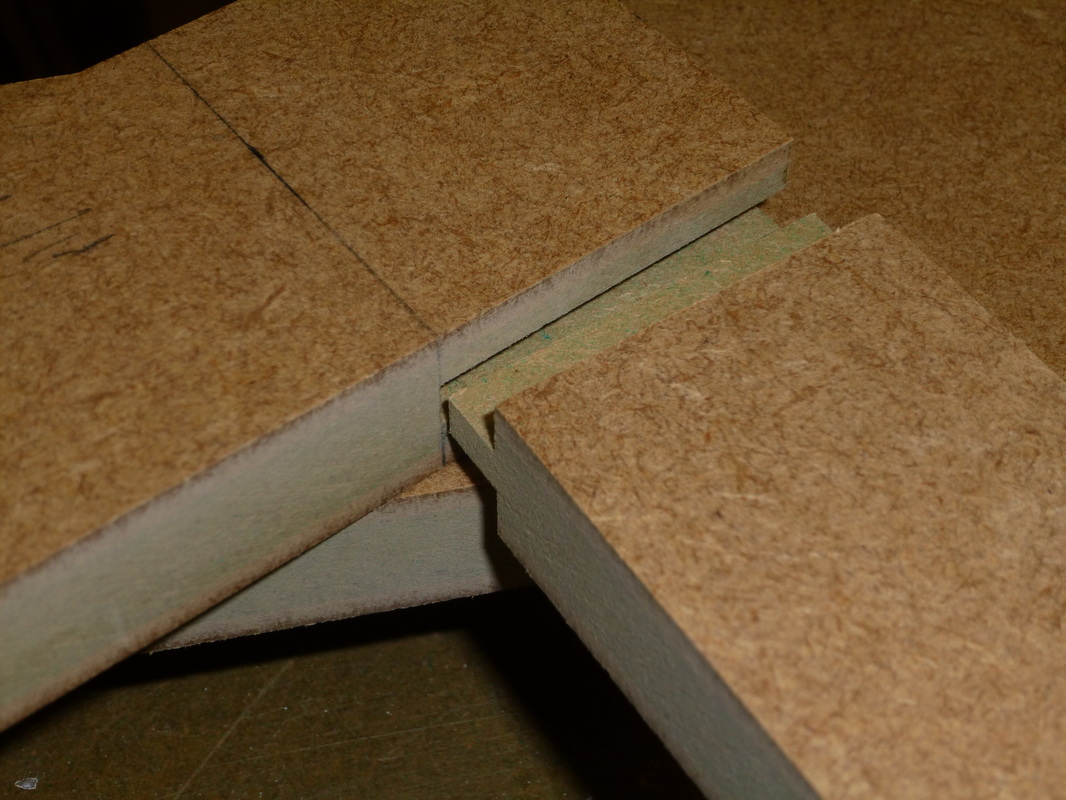



 RSS Feed
RSS Feed
